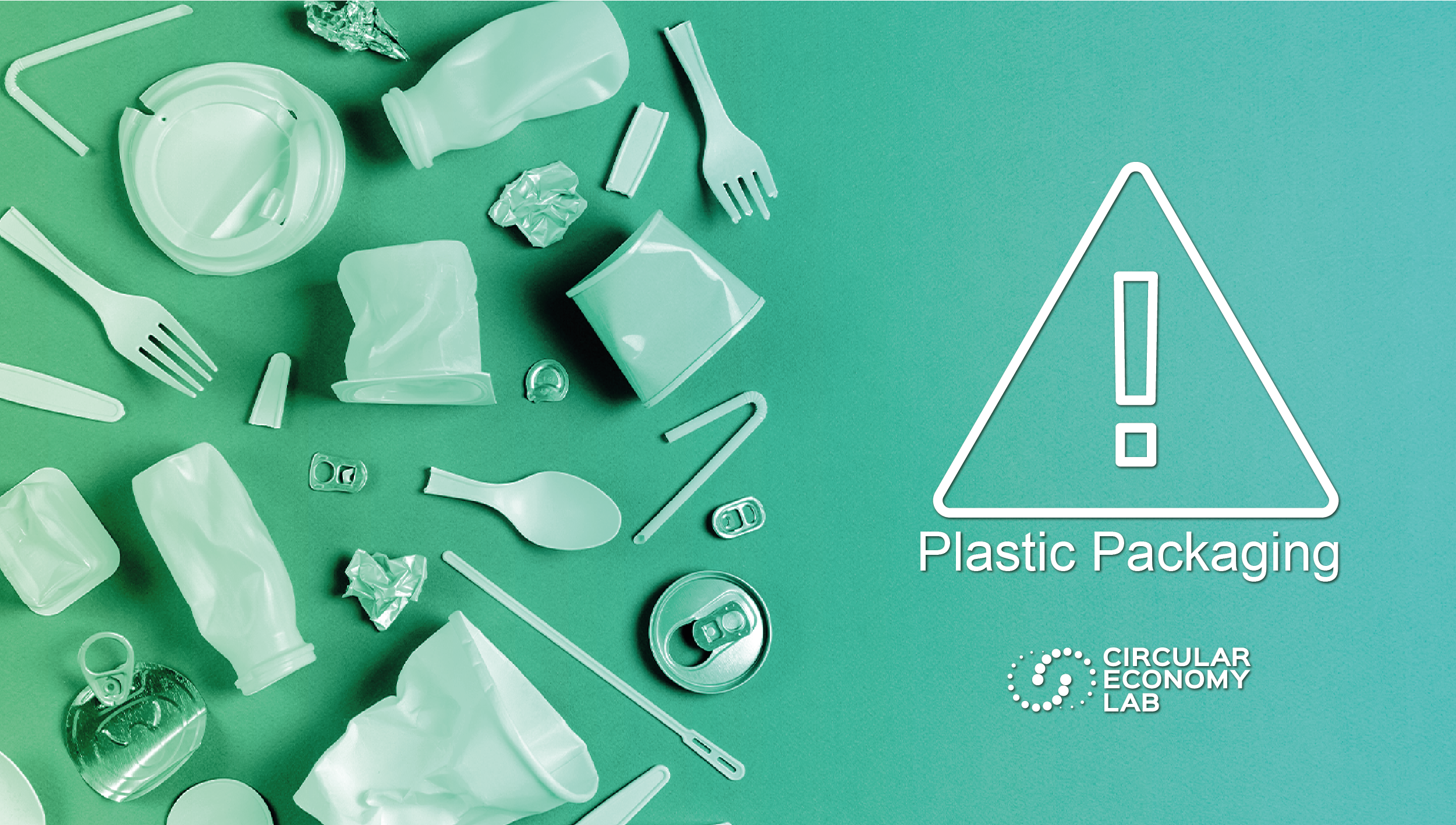
Which problems for the plastic packaging sector
The plastic packaging sector is based on a mainly linear model of production and consumption (e.g. disposable products) and for this reason it generates negative repercussions on the environment and society, as well as wasting precious materials that would still be exploitable and it would bring positive economic benefits, in terms of profitability and employment.
A linear sector manifests itself when:
- the products are designed without considering the negative economic and environmental impacts generated;
- the materials are not valorized through multiple use cycles and their residual value is dispersed;
- the natural capital extracted from the planet is not regenerated.
At the moment, on a global scale, the plastics sector (of which packaging covers a quarter of the total) is based on virgin sources for 98%, mainly fossils, with the consequent release into the atmosphere of over 390 million tons of CO2. The consumption of plastic packaging is constantly increasing, especially in developing countries, due to the increase in population and the functional characteristics of plastics. The end-of-life destinations for plastic packaging are mainly incineration and therefore energy recovery, for 14% of the total, but above all disposal in landfills (40%) and dispersion into the environment (32%). The dispersion into the environment is often catalyzed by water courses, hence by the oceans, which provide an accumulation basin for microplastics and plastic sediments in the seabed or along the coasts. It is easy to imagine how plastic dispersed in nature reenters food chains, thus generating direct impacts for humans as well. Only 14% of plastics are actually collected for recycling; of these, 2% re-introduced into the original production process, while the remaining parts are used in the production of other low-value products (8%) or lost along the recycling stages due to process inefficiencies (4%).
Plastic materials are a solution that has allowed progress for our society, such as the reduction of food waste through the improvement of food preservation, safety and hygiene, the ease of transport due to lightness and malleability, the possibility to meet different needs given the diversity of materials and compounds achievable.
On the other hand, the strengths of plastics are also responsible for the negative impacts of the sector. Firstly, the disposable logics, made possible by such an economic and diversifiable material, have facilitated an unsustainable consumption model. Secondly, the wide spectrum of plastic materials, their combinations, even with different materials (polylaminates), and the continuous development of new packaging products, have made collection, separation and recycling phases more challenging.
Source: Rethinking the Future of Plastics, Ellen MacArthur Foundation, 2016